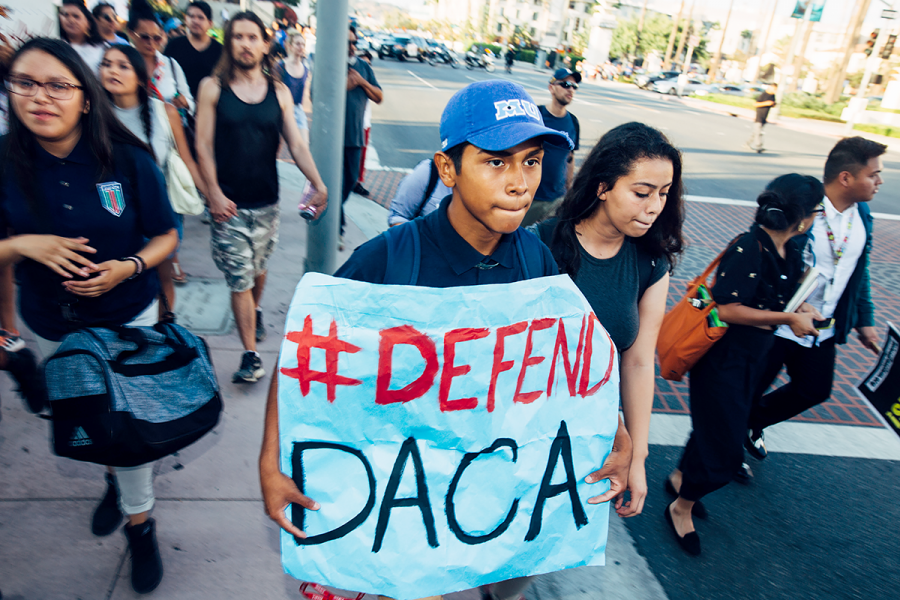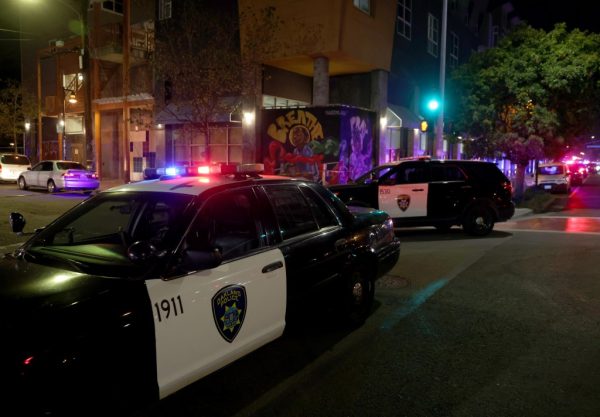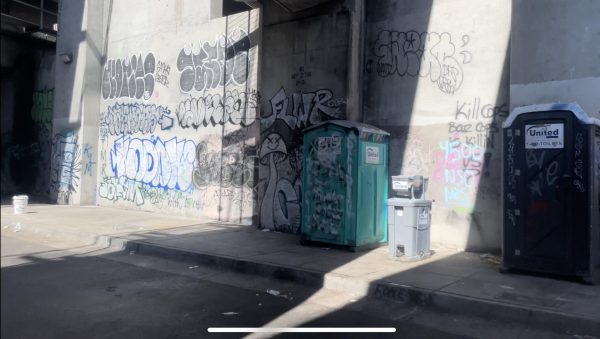DACA remains uncertain for Dreamers
March 20, 2019
More than 600,000 immigrants currently living in the U.S. under temporary conditions were left out of the recent federal spending deal and dispute that caused the 35-day shutdown, prolonging a harrowing sense of uncertainty for Deferred Action for Childhood Arrival recipients across the country.
In September 2017, President Trump announced that he was rescinding protections for DACA recipients after voicing his disapproval of the program early on in his campaign. This was met with opposition by several courts and on Jan. 16, 2018, the administration announced that United States Citizenship and Immigration Services would continue accepting renewals for DACA for the time being.
DACA is a program for young adults that were brought into the U.S. illegally as children. The program allows these recipients to obtain a lawful social security number and a work permit that is valid for two years and can be renewed indefinitely.
It is not a path to citizenship and it does not provide legal status either. However, it does provide the ability to work and the right to stay in the U.S. in a lawful way.
California State University, East Bay student Diana Lopez says that applying for DACA was the best thing to happen to her because it opened doors for her like job security, obtaining a driver’s license and going to school.
“When I became aware of Trump’s decision to end DACA, I felt my opportunities coming to an end. I felt broken and destroyed,” said Lopez.
She believes that ending DACA would be a destruction of lives that many have created here from a young age.
“We didn’t come this far just to see our worlds tumble down before us. Dreamers’ voices must be heard,” said Lopez.
The first government shutdown under the current administration occurred on Jan. 20, 2018. During this three-day shutdown, DACA was a major factor in the arguments between Democrats and Republicans involved in trying to reach an agreement.
Originally, Democrats claimed they would not approve anything that did not include some form of resolution for the program, according to The Hill. Then three days later the shutdown was lifted with no plan for DACA.
The Center for American Progress found that 89 percent of respondents are currently employed. After receiving DACA, 54 percent reported moving to a job with better pay, 46 percent moved to a job with better working conditions, 45 percent moved to a job that better fit their education and training, and 45 percent moved to a job that better fit their long-term career goals. Yet, applications have declined from 704,000 in July 2018 to 687,000 as of December 2018.
There has been a decrease in applications for DACA since only those up for renewal are eligible to apply, according to Jenny Hong, an immigration attorney in San Leandro.
She says that the local economies that these recipients work in have benefited because of their employment.
“We are talking about more than $10 billion loss each year just for the State of California if DACA ends,” Hong said. “Often, they are the first lawful breadwinners of their families, and many rely on them financially.”
An estimated 200,000 U.S. citizen children have parents that are DACA recipients, according to the United States Citizenship and Immigration Services.
Almost exactly a year after the first shutdown, Trump offered extended legal protections for DACA in an attempt to secure funding for his wall, which would have put an end to the second government shutdown.
During a conference on Capitol Hill in January 2019, Speaker Nancy Pelosi called Trump’s proposal unacceptable and said it lacked good faith.
“This proposal does not include the permanent solution for the Dreamers and TPS recipients that our country needs and supports,” Pelosi said.
The second 35-day shutdown finally came to an end on January, 25, 2019. It included some funding for border security and nothing for DACA recipients.
The program is no longer accepting new applications and a final decision on whether or not the program will be re-opened or completely terminated is still pending. Until then, recipients can renew their status but their future is still up in the air.
















